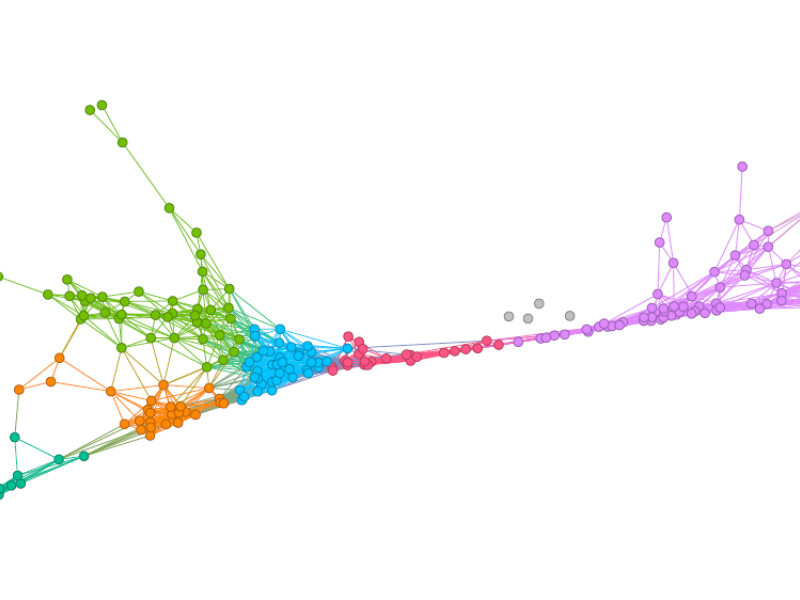Biodiversity is unevenly distributed across the planet. Diversity hotspots, like the tropics, contrast sparse areas, like the Arctic or extreme deserts. Paleobiogeography, a field of ecology and paleontology, studies species distributions on Earth. Central is species composition, i.e., which genus or larger taxa inhabit certain areas, which is shaped through time by the paleogeographic and paleoclimatic history including events such as continental drift or ice ages. Following early work by, e.g., Humboldt, biogeographers have been using regionalization methods to describe species distribution and to understand the historical factors and climatic constrains shaping bioregions. More recently, the focus has shifted to network models that capture spatial species occurrences using bipartite graphs with nodes representing spatial grid cells and species or higher taxa. Clustering of such networks yields so-called bioregions representing geographical areas characterized by specific species composition
In this project, we are using temporal networks to analyze the evolution of bioregions through time and space. For this purpose, we develop a framework for definition and analysis of cluster dynamics in time-evolving networks and apply it to temporal network models of real-world systems. Our focus of the cluster dynamics analysis is on discovering phases of stability as well as gradual or abrupt changes.
